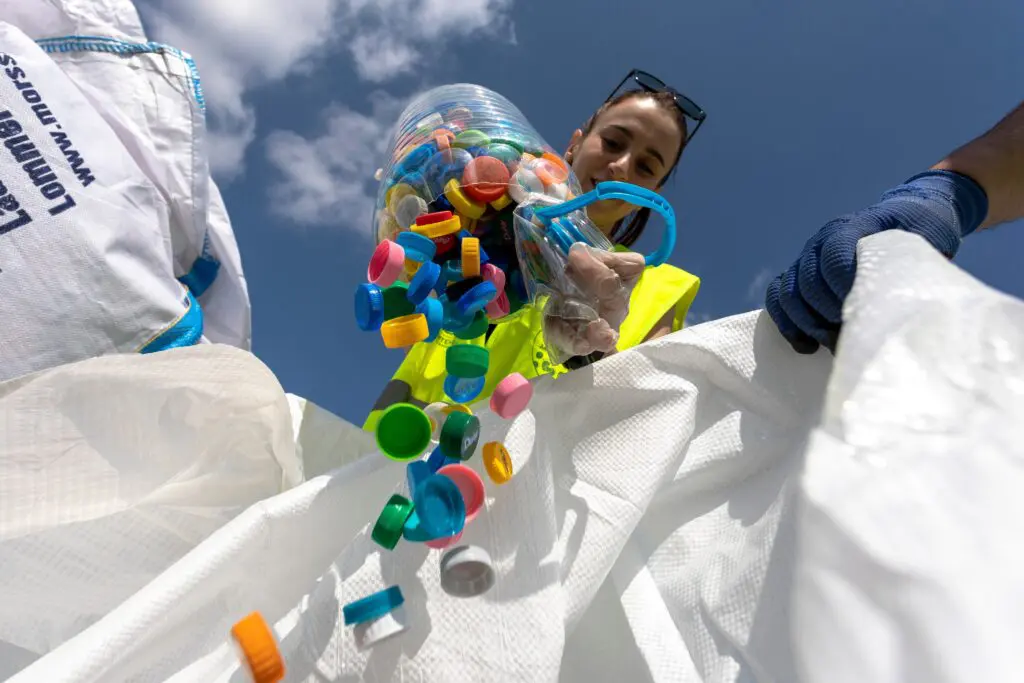Australia consumed four million tonnes of plastic in 2024 but recycled only 13%, highlighting a widening gap between consumption and recovery.
According to the latest Australian Plastics Flows and Fates (APFF) report for the government, the national recycling rate in 2022 was 13.9% after modest gains from the 9% level recorded in 2017–2019.
The APFF report said 3.2 million tonnes of plastic waste was generated in 2024, of which 423 000 tonnes was recycled and 23 000 tonnes went to energy recovery. Of the recovered material, 300 000 tonnes was reprocessed domestically while 145 000 tonnes was exported.
Recycling performance varied sharply across different plastics. PET had the highest recovery rate at 37%, followed by HDPE (20%), polyamide (18%) and LDPE (16%). PVC was recycled at just 2% and PS at 6%.
Excess capacity unused
The report noted that domestic reprocessing capacity had almost doubled to 600 000 tonnes in 2023–24 but only half was being used. However, it cautioned about limited feedstock, labour shortages and weak market demand for recycled material.
Another 624 000 tonnes of capacity is due online by 2029, taking Australia’s total capacity to about 1.2 million tonnes. However, plastics waste is forecast to reach 3.6 million tonnes by then, widening the gap between end-of-life plastics and the degree of recycling.
Around 62% of plastic consumed in Australia is imported as finished or semi-finished goods, while 31% comes from local virgin resin production. Only 7% is produced domestically from recyclates.
Recyclate content
In 2024, Australian manufacturers used 233 000 tonnes of recovered plastics, lifting the average recycled content of domestic products to 17%, up from 15% in 2023 and 9% in 2020.
PET products contained the highest share of recyclate at 39%, followed by PP (19%), LDPE (19%), HDPE (17%), bioplastics (13%), PS (10%), ABS (8%), PA (5%) and PVC (2%).
Australia introduced voluntary national packaging targets in 2018, looking for 70% of plastic packaging to be recycled or composted by 2025. The report makes clear those goals will not be met.
Industry groups have called for stronger measures such as a plastics tax and an extended producer responsibility (EPR) scheme.
Don't hesitate to contact us to share your input and ideas. Subscribe to the magazine or (free) newsletter.



